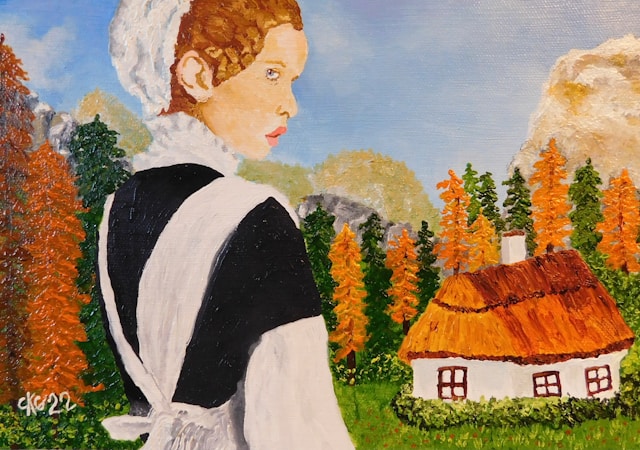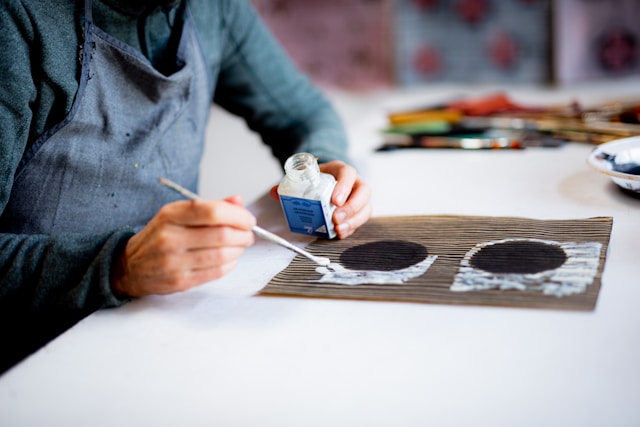Creativity is generally related to innate talent or genius, often seen as something human beings are either born without or with. However, the fact is that creativity may be found and cultivated through exercise, mindset, and numerous techniques. In this submission, we can debunk unusual myths surrounding creativity and discover how individuals can broaden and beautify their innovative talents.
Myth 1: Creativity is Only for Artists and Designers
One of the most common misconceptions is that creativity is restrained to positive fields, which include art, design, or song. However, creativity is a broad concept that can be carried out in any area or profession. Problem-fixing, finding modern answers, and questioning outside the container are all examples of innovative thinking that can be treasured in various industries and everyday existence.

Myth 2: Creativity is Purely Spontaneous and Unpredictable
While creativity can involve moments of spontaneous proposal, genuine creativity is often a result of a deliberate and crazyvegas casino systematic technique. Creative ideas are frequently born through curiosity, research, deep exploration, and the mixture of different elements or views. Cultivating creativity requires dedication, effort, and the willingness to discover new possibilities.
Myth 3: Creative People are Born, Not Made
While some people may exhibit natural tendencies towards creativity, it isn’t always one of a kind to them. Creativity is a skill that can be nurtured and advanced by way of everyone. Like playing a musical device, the more you exercise, the better you turn out to be. The identical precept applies to creativity—the greater you engage in creative activities and sports, the extra your creative talents will develop.
Strategies to Cultivate Creativity:
1. Embrace a Growth Mindset: Believing that creativity may be advanced is essential. Adopting an increased attitude, which focuses on non-stop mastering and improvement, lets in for the improvement of recent competencies and encourages the pursuit of innovative endeavours.
2. Engage in Diverse Experiences: Expose yourself to new sports, cultures, and perspectives. This broadens your expertise and information, allowing you to draw connections and include various effects in your creative paintings.

3. Practice Creative Thinking Techniques: Experiment with brainstorming, mind mapping, analogy, reversal, and different techniques that stimulate creative wondering. These techniques assist traditional thinking styles and encourage new, unconventional ideas.
4. Embrace Failure and Learn from Mistakes: Creative interests contain chance-taking and the possibility of failure. Embrace failure as a possibility for boom and learning. Analyzing mistakes and expertise and what brought about them may be treasured in refining and improving your innovative system.
5. Surround Yourself with a Creative Environment: Seek out environments that foster creativity and innovation. Engage with like-minded people, attend workshops, and discover innovative groups. By surrounding yourself with creative impacts, you could gain ideas, motivation, and aid.
Conclusion:
Creativity is a found-out ability that may be developed and more suitable through practice, mindset, and particular techniques. Debunking the myths surrounding creativity allows people to include their innovative ability and follow it in diverse components in their personal and professional lives. By cultivating creativity, we will free up new perspectives, progressive ideas, and solutions to challenges, leading to personal growth and a nice effect on the sector.

